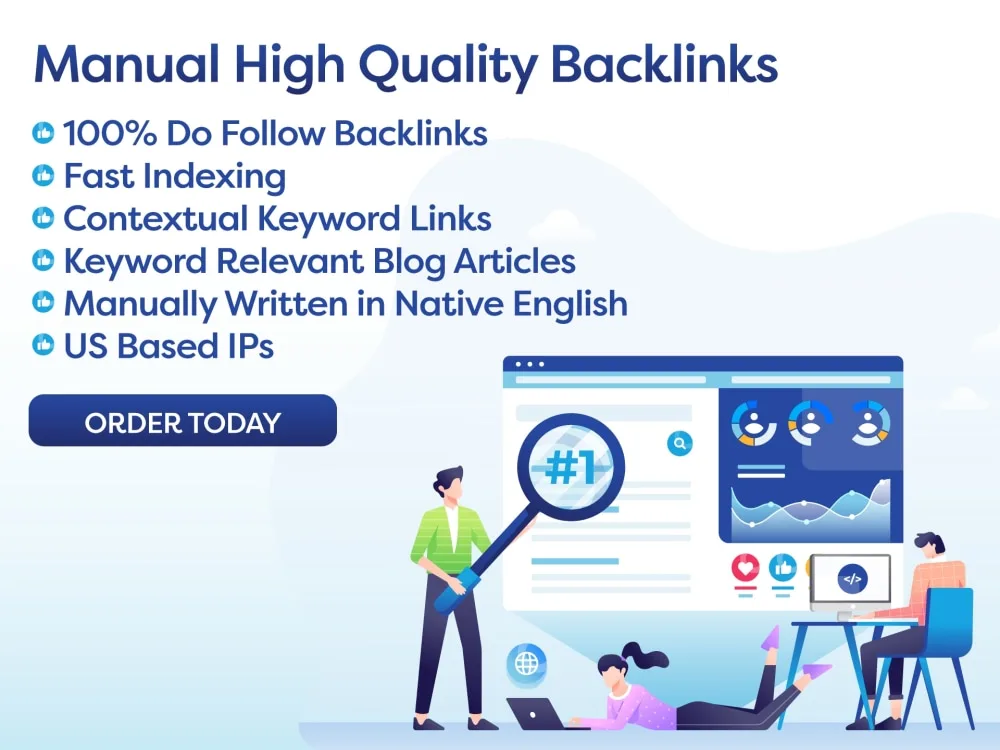Behavioral analytics in SEO: Understanding and Utilizing User Behavior to Enhance Your Online Presence
In the ever-evolving world of digital marketing, staying ahead of the game is crucial for businesses to thrive. Search engine optimization (SEO) has become a vital aspect of online success, and with the constant changes in search algorithms, it can be challenging to keep up. However, with the power of behavioral analytics, businesses can gain valuable insights into their audience’s behavior and use that information to refine their SEO strategies for better results.
Understanding Behavioral Analytics in SEO
Behavioral analytics refer to the collection and analysis of data on how users interact with a website or online platform. In simpler terms, it is the study of user behavior and actions, such as clicks, page views, time spent on a page, and conversion rates. By tracking and analyzing this data, businesses can gain a deeper understanding of their target audience and their preferences, which can ultimately help them improve their SEO efforts.
Why is Behavioral Analytics Important in SEO?
SEO is all about ranking higher on search engine results pages (SERPs) to attract more traffic to a website. However, it’s not just about getting more clicks; it’s also about providing a positive user experience and meeting the needs of your audience. This is where behavioral analytics come into play. By analyzing user behavior, businesses can identify patterns and trends that can help them optimize their website for a better user experience, leading to higher engagement and conversions.
Utilizing Behavioral Analytics for SEO Success
Now that we understand the importance of behavioral analytics in SEO, let’s look at how businesses can use this information to enhance their online presence.
1. Identify Top Performing Pages: By tracking user behavior, businesses can identify which pages on their website are performing well and which ones need improvement. This can help them focus their efforts on optimizing high-performing pages to attract more traffic.
2. Understand User Intent: Behavioral analytics can provide insights into what users are searching for and their intent when visiting a website. This information is crucial for businesses to create relevant and engaging content that meets their audience’s needs.
3. Improve User Experience: By analyzing user behavior, businesses can identify any pain points or obstacles that users may face on their website. This can help them make necessary changes to improve the overall user experience, leading to higher engagement and conversions.
4. Keep Up with Trends: User behavior is constantly changing, and so are search algorithms. By regularly analyzing behavioral data, businesses can stay updated with the latest trends and adapt their SEO strategies accordingly.
FAQs on Behavioral Analytics in SEO
Q: What is the difference between behavioral analytics and traditional web analytics?
A: Traditional web analytics focus on data such as page views and traffic sources, while behavioral analytics delve deeper into user behavior and actions on a website.
Q: How can behavioral analytics help with keyword research?
A: By understanding user intent and the search terms they use, businesses can identify relevant keywords to target in their content.
Q: Can behavioral analytics be used for e-commerce websites?
A: Yes, behavioral analytics can provide valuable insights into the online shopping behavior of customers, helping e-commerce businesses optimize their website for a better user experience.
In conclusion, behavioral analytics in SEO is a powerful tool that businesses can use to gain a competitive edge in the digital world. By understanding their audience’s behavior and preferences, businesses can optimize their online presence for a better user experience, leading to higher engagement and conversions. So, harness the power of behavioral analytics and take your SEO strategy to the next level.


